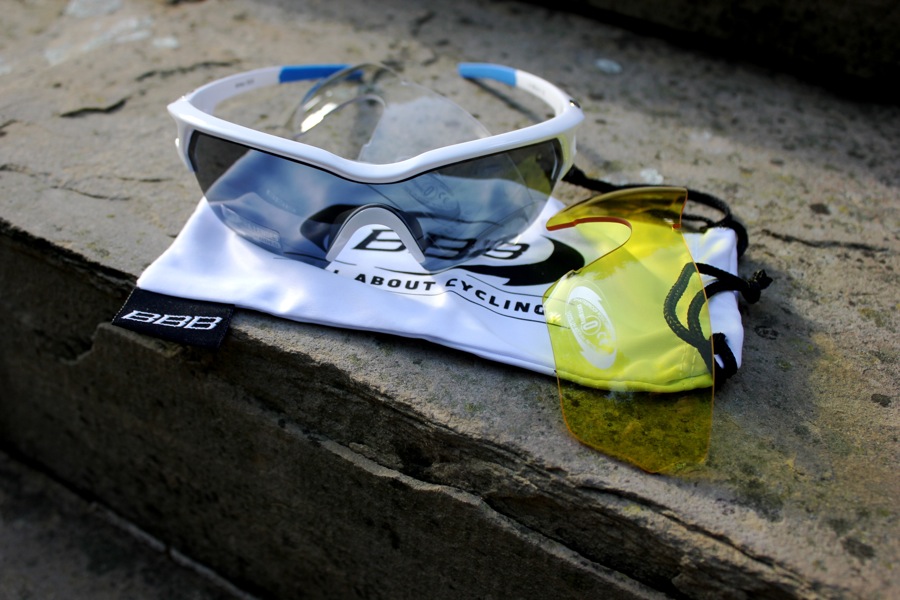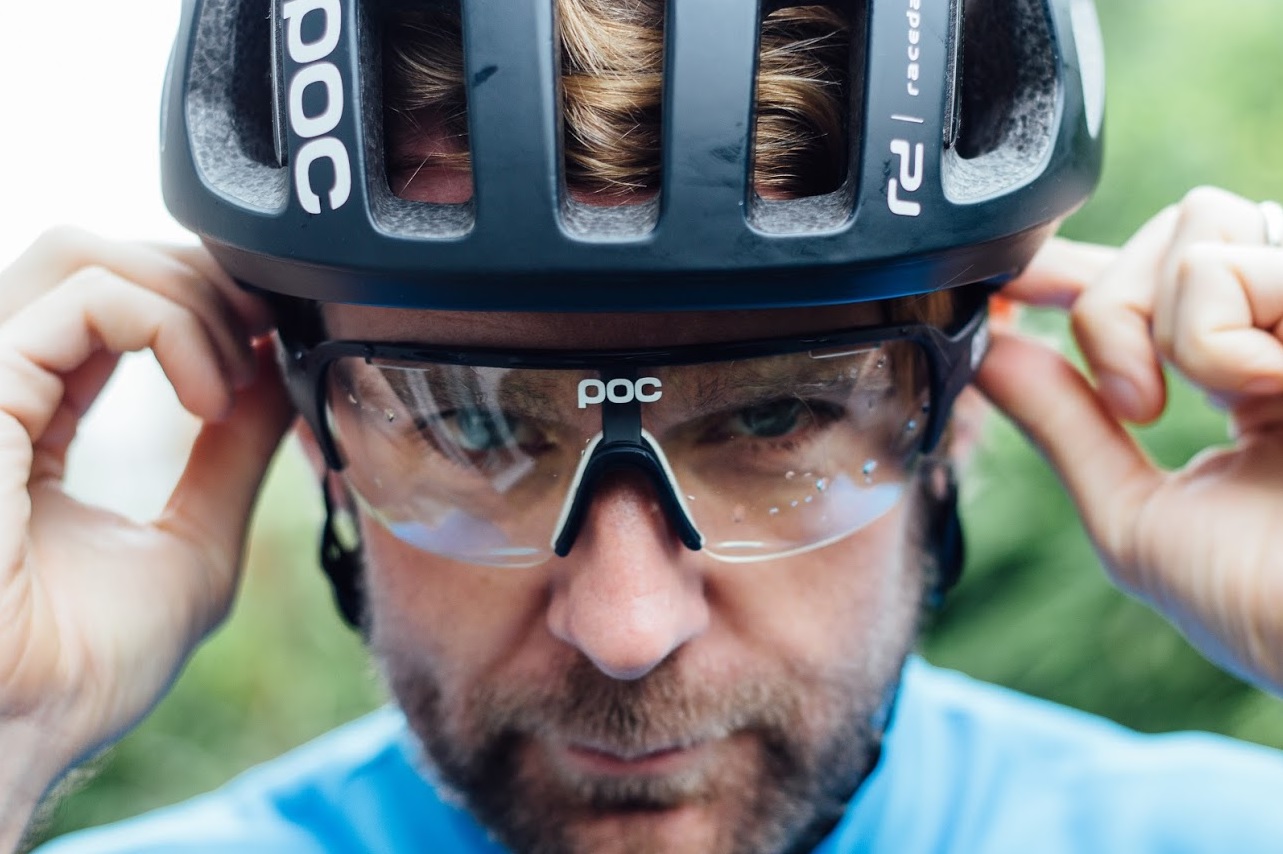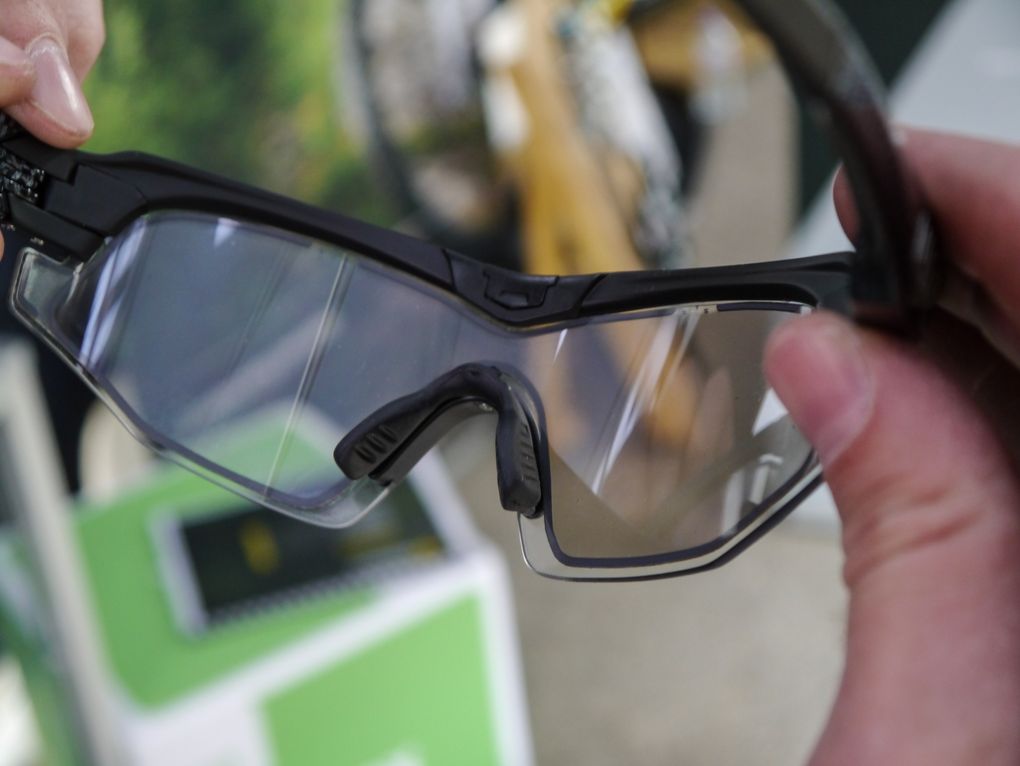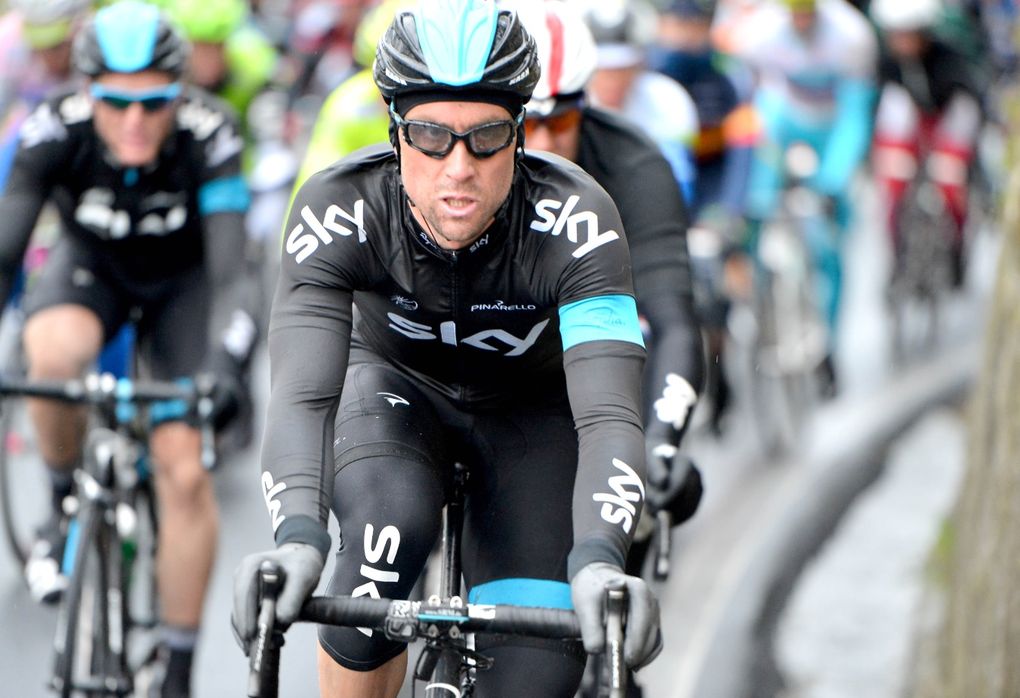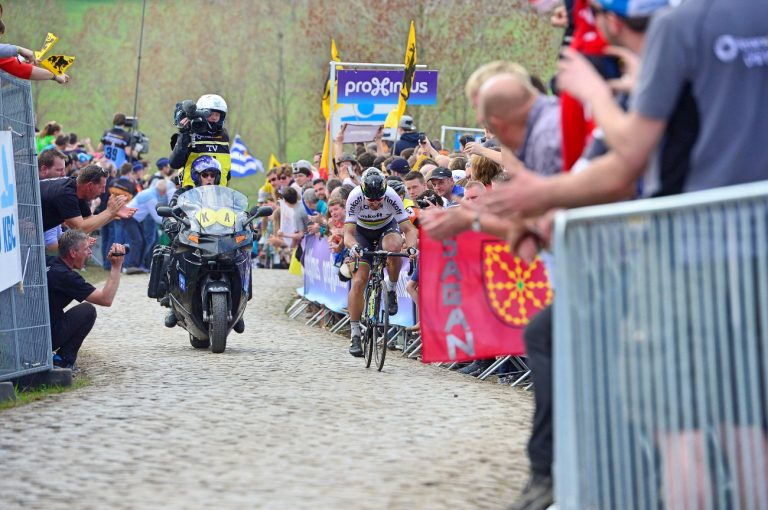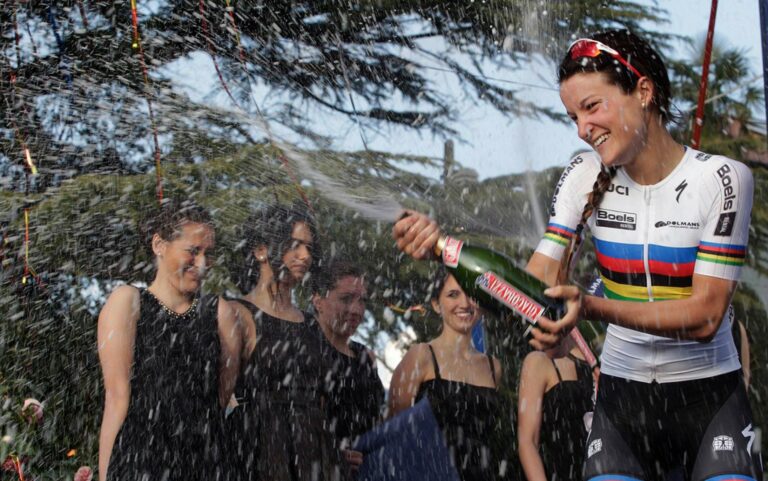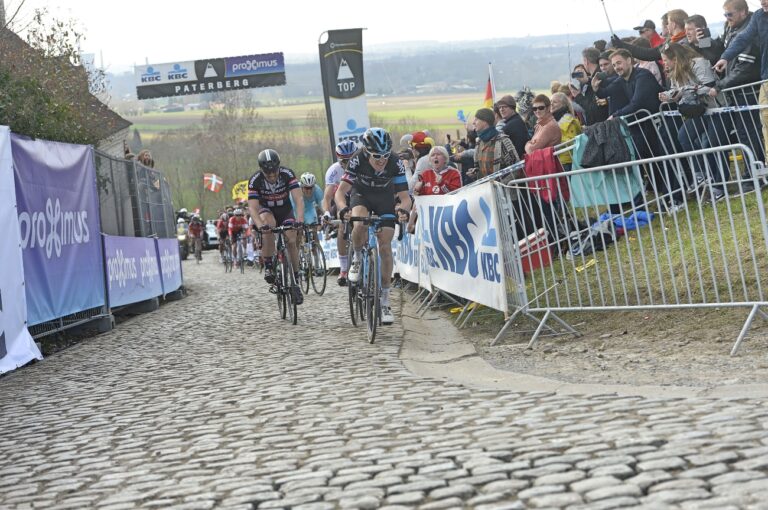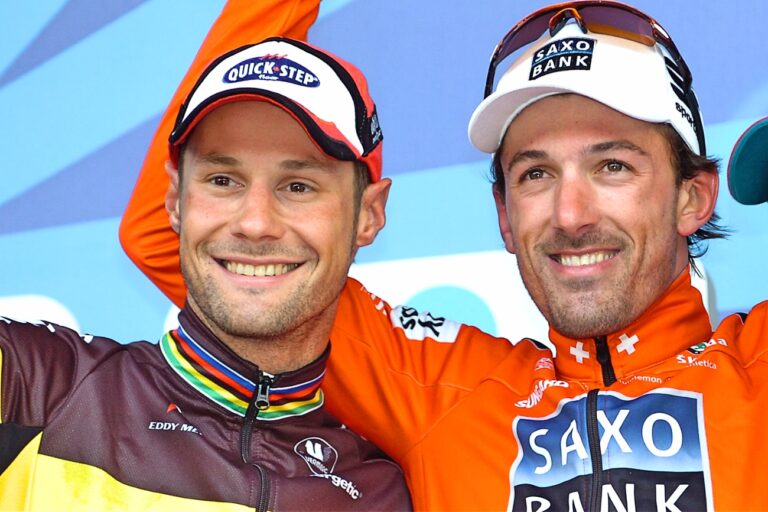As cyclists we wear padded shorts to protect our derrières, a helmet on our heads and gloves to shield our palms in the event of a crash.
But at this time of year – or, rather, any time of year, given the UK climate – when the weather is gloomy and the roads are strewn with all kinds of detritus, cyclists often neglect wearing the correct eyewear – or any at all. After all, if the sun’s not shining, do you need to wear sunglasses? Or is it just as important to wear glasses when the sun’s nowhere to be seen?
Wearing sunglasses through the summer is the norm and sunglasses are as much a part of a cyclist’s kit as a jersey or bib shorts, but when it’s murky and overcast, rather than ditching dark glasses, it should a case of switching out our lenses to let more light in.
